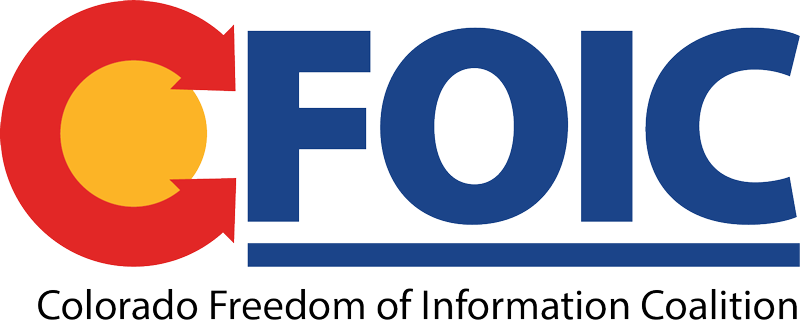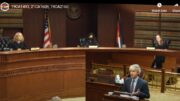By Jeffrey A. Roberts
CFOIC Executive Director
A committee of state lawmakers on Wednesday finalized the “Blue Book” wording that explains Proposition 104, a statewide ballot initiative that would require school boards in Colorado to let the public observe collective bargaining negotiations.
One aspect of the proposal that remains murky, however, is whether it would require school boards to discuss their negotiation strategies in public. That is “unclear,” according to the description of Proposition 104 that will appear in the 2 million-plus copies of the Blue Book to be sent to voters in October by Legislative Council, the nonpartisan research arm of the General Assembly.
Proponent Jon Caldara, president of the Independence Institute, told the CFOIC in an email recently that he is confident Proposition 104 still allows for “sufficient strategies for a school board to privately provide instructions to negotiators on the limited occasions where necessary. Otherwise, we believe that meetings regarding negotiations should be transparent and open.”
But the language of the ballot question has been interpreted to require that any strategizing sessions be open to the public, in addition to the actual negotiations themselves.
“The way it’s written, the measure could cover any discussion related to collective bargaining,” Bruce Caughey, executive director of the Colorado Association of School Executives, told The Colorado Independent. “It could undermine local boards that want to hold strategic pre-meeting talks.”
Under current law, executive sessions are allowed for “determining positions relative to matters that may be subject to negotiations; developing strategy for negotiations; and instructing negotiators.”
If such closed-door meetings are no longer permitted under Proposition 104, a school board could still receive legal advice regarding negotiations from its attorney, said Shayne Madsen, a lawyer who represents the Independence Institute. She also noted that school board members could discuss negotiating strategies in meetings at which a quorum of the board is not present.
About three quarters of public school students in Colorado live in districts with collective bargaining agreements. Under the current wording of the state Open Meetings Law, also known as the Sunshine Law, collective bargaining negotiations would be open to the public if they involve a quorum or at least three elected members of a school board. But negotiations often are held behind closed doors because that responsibility typically is delegated to administrative staff and/or a smaller number of board members.
If Proposition 104 passes Nov. 4, school boards or their representatives would be required to negotiate collective bargaining agreements in public meetings.
An argument for Proposition 104, as stated in the Blue Book, is that it “upholds the public’s right to be informed and provides additional public oversight of government spending … Holding collective bargaining negotiations in a public forum allows for greater understanding by the public and school employees of these proceedings.”
The Blue Book’s argument against Proposition 104 notes that while some school districts currently choose to discuss collective bargaining agreements in public, “this measure removes the board’s freedom and flexibility to choose how to negotiate with employees…Negotiations over labor contracts can be difficult, complicated, and may include sensitive employment issues. If school boards are required to have these discussions in public, they may be at a disadvantage during the negotiations, making it harder to reach a final agreement.”
Note: The Independence Institute and The Colorado Independent are member organizations of the Colorado Freedom of Information Coalition. The board of the CFOIC has not taken a position on Proposition 104.
Follow the Colorado Freedom of Information Coalition on Twitter @CoFOIC. Like CFOIC’s Facebook page. Do you appreciate the information and resources provided by CFOIC? Please consider making a tax-deductible donation.




